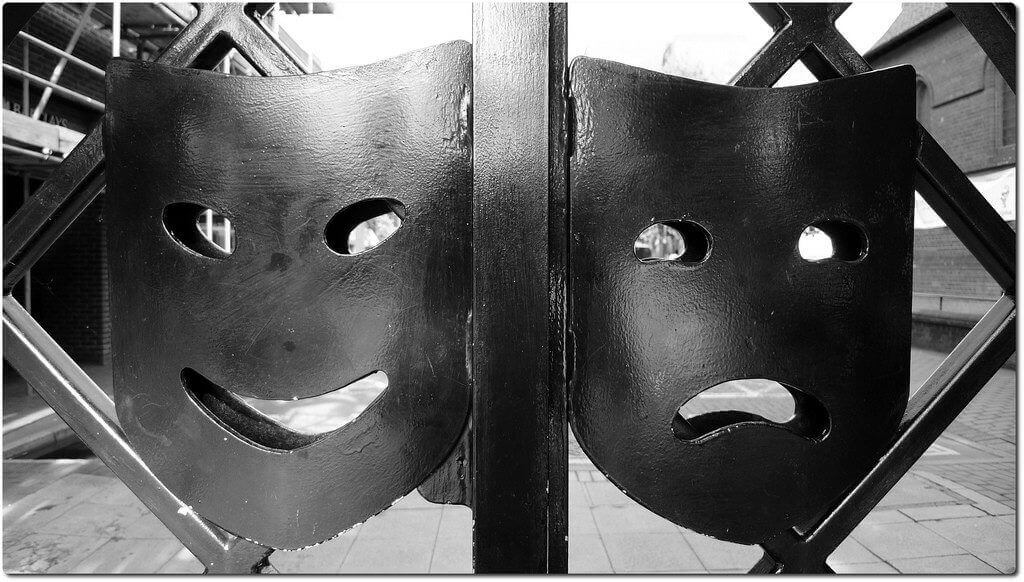
Do you think your hotel provides outstanding service? How do you know your guest would say the same?
Superior customer service policy is the foundation for the hospitality industry, and should be the priority for every member of staff at every level in your property. But even the best intentions can miss the mark.
The gap model of customer service policy
Even though you may think you are covering your clients’ needs, the gap between what you perceive as great service, and what the customer experiences as great service, may be far apart. In fact, in a study of 362 firms, “80% believed they delivered a “superior experience” to their customers. But when we then asked customers … they said that only 8% of companies were really delivering.”
This is the customer service gap, and we can help you to close it.
Here’s how.
1) Measure, measure, measure!
First, measure your online reputation using a benchmark like the Global Review Index (GRI™). Your GRI™ is a universally recognized reputation score that uses data from 175+ online travel agencies (OTAs) and review sites in 45+ languages to quantify how well (or not) your clients think of you according to the ratings they leave. A low GRI™ indicates that your hotel customer may not be entirely satisfied.
How likely a guest is to recommend your hotel is a great indicator of how happy they are with your service. Using the Net Promoter Score® (NPS) in your Guest Satisfaction Survey can give you valuable insights on this. The NPS® is calculated by taking the percentage of promoters (those that are happy with your service) and subtracting the percentage of detractors (those that are not happy), giving you an NPS® score. The evolution can then be tracked over time with our software.
2) Hone in on the details
Once you have identified that there is a gap, you will want to know more about it. This is where the ability to drill down into the details by using the semantic analysis tool comes in handy. It visually presents both the pain points and the areas where you are doing best.




